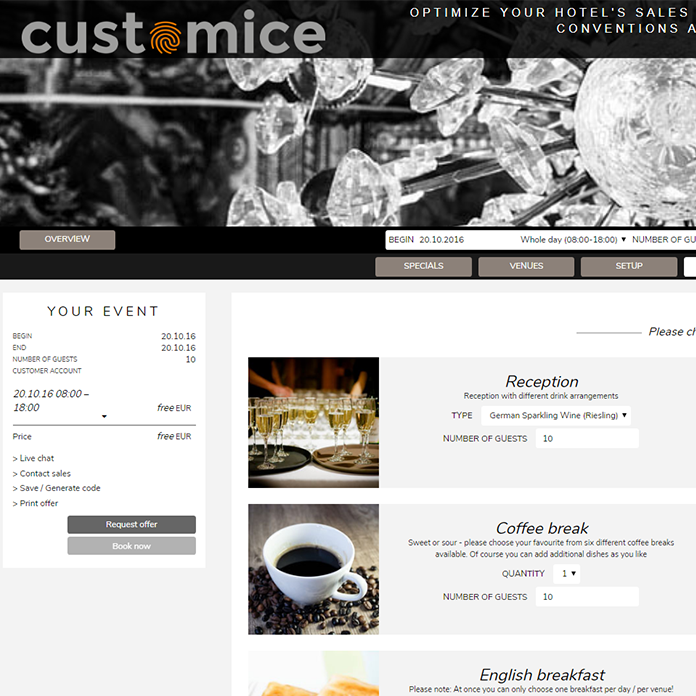Ionic | Hybrid | Angular | Web Framework | Cordova | Capacitor
The Ionic Framework is an open-source hybrid development framework that allows you to build mobile apps for iOS and Android. It is based on web technologies such as HTML, CSS and JavaScript and uses the Cordova container to provide native functionality.
Some technologies that are relevant when using the Ionic framework are:
Angular: Ionic uses Angular as its JavaScript framework and provides built-in support for Angular components and functionality.
Cordova: Cordova is the hybrid app container used by Ionic to provide native functionality.
SASS: Ionic uses SASS (Syntactically Awesome Style Sheets) as a CSS preprocessor to simplify application styling.
TypeScript: Ionic supports the use of TypeScript as a superset of JavaScript to improve the typing and structuring of code.
BITS experts have used the Ionic framework in a variety of projects. A selection of case studies and references can be found below.
“We are happy to support you with your digital challenges and look forward to hearing from you without obligation.”
Marc Schallehn, Managing Director BITS GmbH

Gerne unterstützen wir Sie bei Ihren IT Projekten. Ich freue mich über Ihre Kontaktaufnahme.
Selection of case studies and references
Software development
Software development The perfect solution for your requirements - customized software from BITS In a digitalized world, it is crucial to use software solutions that are not only powerful, but also precisely tailored [...]
Development of a web application and a mobile app to improve breast cancer patient follow-up.
Together with Apps in Medicine GmbH, AOK Bayern, DAK Gesundheit and Siemens Betriebskrankenkasse (SBK), under the direction of the Klinikum rechts der Isar of the Technical University of Munich (MRI), BITS participated in the PRISMA study as a consortium partner for the technical infrastructure.
Establishment and operation of a European trading platform for pharmaceuticals
Together with arex PHARMA GmbH, a specialist in the international trade and distribution of European pharmaceuticals, BITS GmbH has established the EU-wide trading platform Rxchange for pharmaceutical products as a strategic IT partner.
Development of SEO optimized PWAs
Portal applications are implemented by us as high-performance, SEO optimized Progressive Web Applications (PWA) with ServiceWorker integration and Server Side Rendering (SSR) from a Universal Server. PWA is the state-of-the-art standard for modern, device-independent web applications that can be permanently installed on the client and have the same user experience as device-specific native applications.





